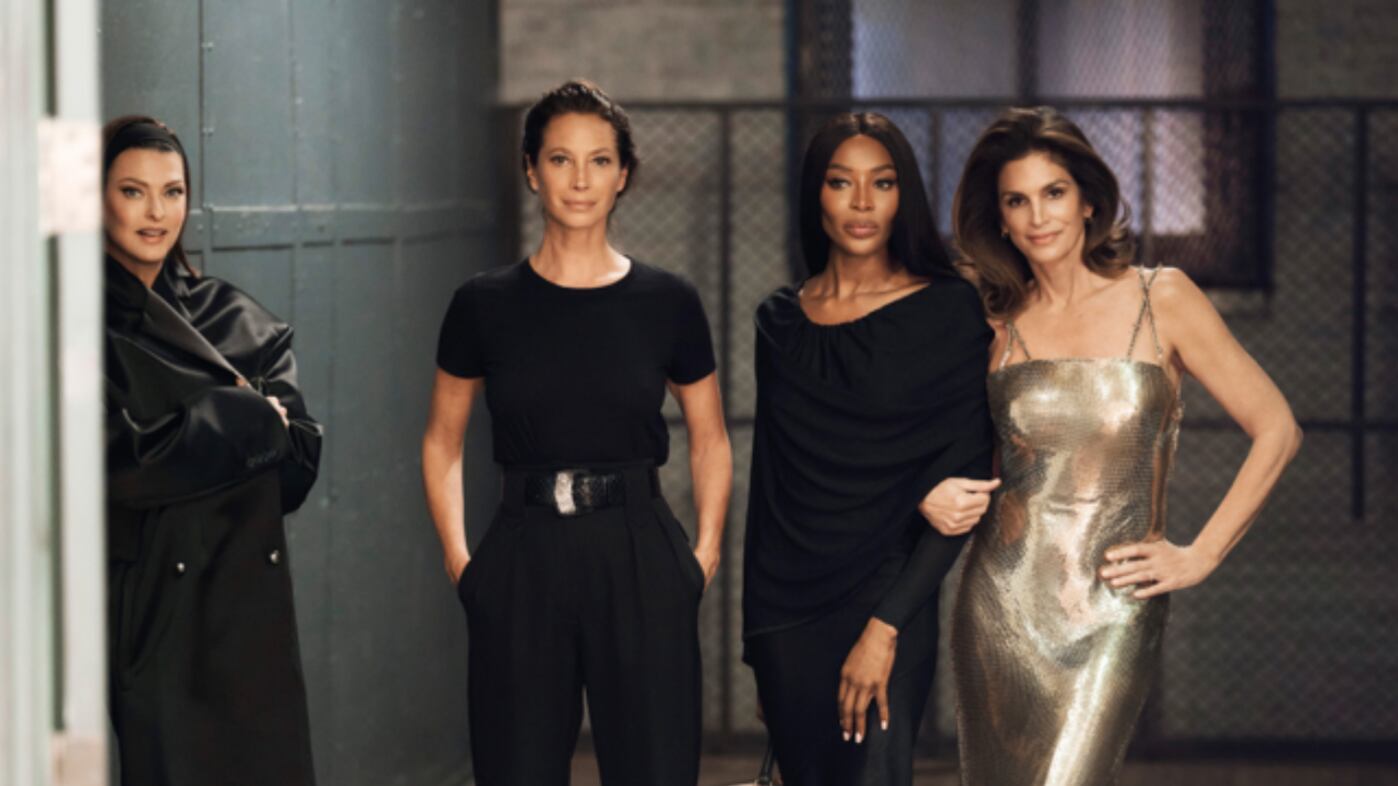How Cindy Crawford, Naomi Campbell, and Linda Evangelista Became ‘The Super Models’
RUNWAY
The new docuseries about the group of pioneering fashion superstars is a gripping, gorgeous tale of ’90s beauty, especially when talking about the personal toll of their fame.






